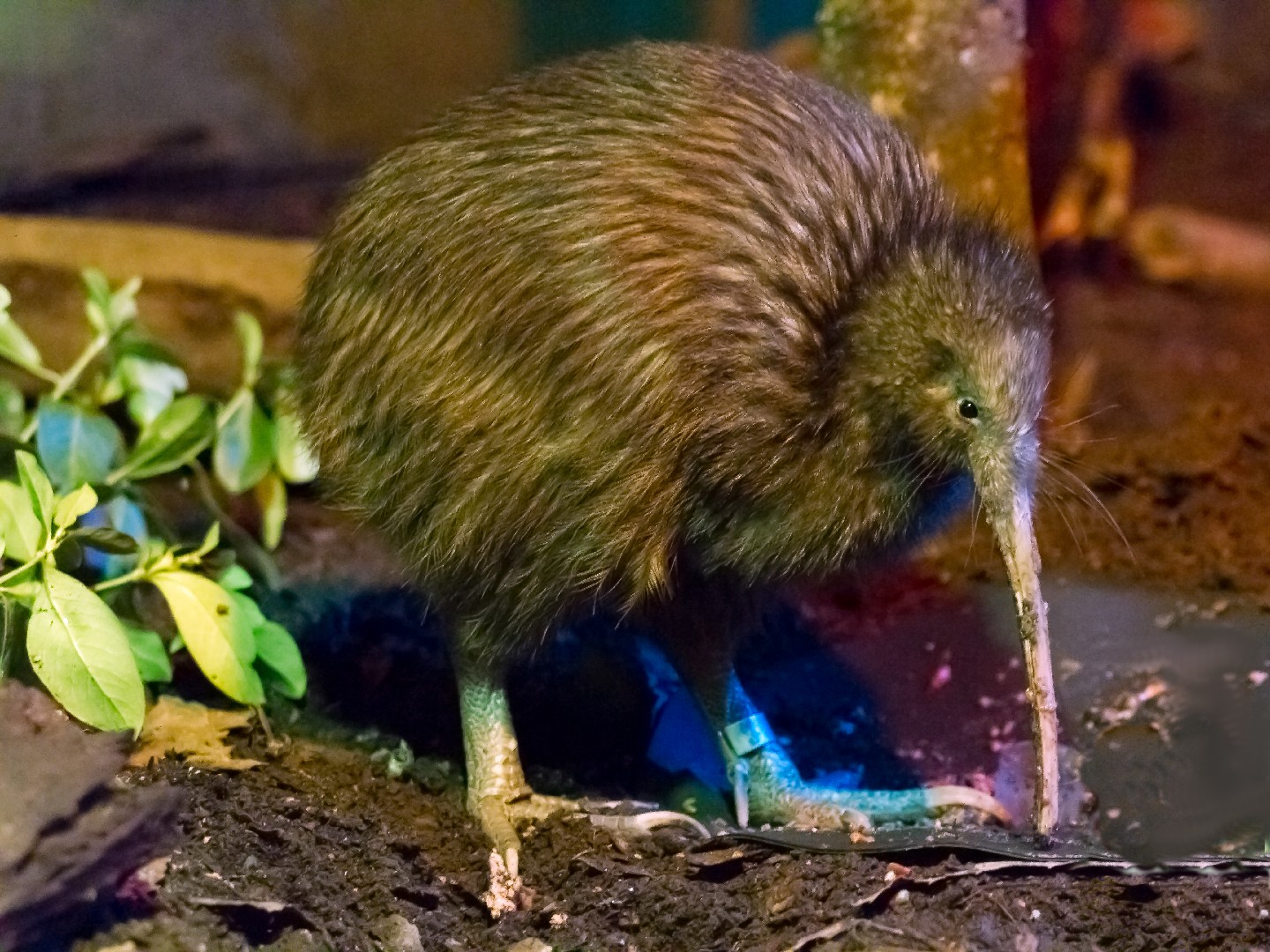North Island Brown Kiwi
A species of Kiwis Scientific name : Apteryx mantelli Genus : Kiwis
North Island Brown Kiwi, A species of Kiwis
Botanical name: Apteryx mantelli
Genus: Kiwis
Content
Description General Info
Description
Females stand about 40 cm (16 in) high and weigh about 2.8 kg (6.2 lb) the males about 2.2 kg (4.9 lb). The plumage is streaky red-brown and spiky. The North Island brown kiwi is the only species of kiwi found internationally in zoos. 
Size
65 cm
Life Expectancy
40 years
Nest Placement
Burrow
Feeding Habits
North Island Brown Kiwi primarily eats invertebrates from soil and leaf litter, including bugs, beetles, cranefly larvae, earthworms, and spiders, using its keen sense of smell to locate prey before levering its bill into the ground to forage.
Habitat
North Island Brown Kiwi primarily inhabits dense subtropical and temperate forests rich in podocarp and hardwood species. These birds have also adapted to a variety of other landscapes, including shrublands and wet forests. In response to environmental changes, north Island Brown Kiwi can now be found in non-native ecosystems such as plantations of exotic pines and modified habitats like scrublands and agricultural pastures. Though versatile, north Island Brown Kiwi shows a preference for forested environments that offer a moist climate conducive to their survival and reproductive needs.
Dite type
Omnivorous
General Info
Feeding Habits
Bird food type
Behavior
These kiwi, like all kiwi, feed on invertebrates. They have 2-3 clutches a year with 2 eggs in each clutch. Chicks are fully feathered at hatching and are precocial, being able to leave the nest and fend for themselves within a week. 
Species Status
The North Island brown kiwi is Vulnerable, per the IUCN Red List, with the major threat coming from predators, such as dogs, cats, and stoat (Mustela erminea). 94% of chicks die before breeding in areas where mammalian pest control is not carried out. It has an occurrence range of 38,400 km (14,800 sq mi), with a population, estimated in 2000, of 35,000. Nationwide studies show that on average only 5 percent of kiwi chicks survive to adulthood. However, in areas under active pest management, survival rates for North Island brown kiwi can be far higher. For example, prior to a joint 1080 poison operation undertaken by DOC and the Animal Health Board in Tongariro Forest in 2006, 32 kiwi chicks were radio-tagged. 57% of the radio-tagged chicks survived to adulthood. Thanks to ongoing pest control, the adult kiwi population at Tongariro has almost doubled since 1998. 
